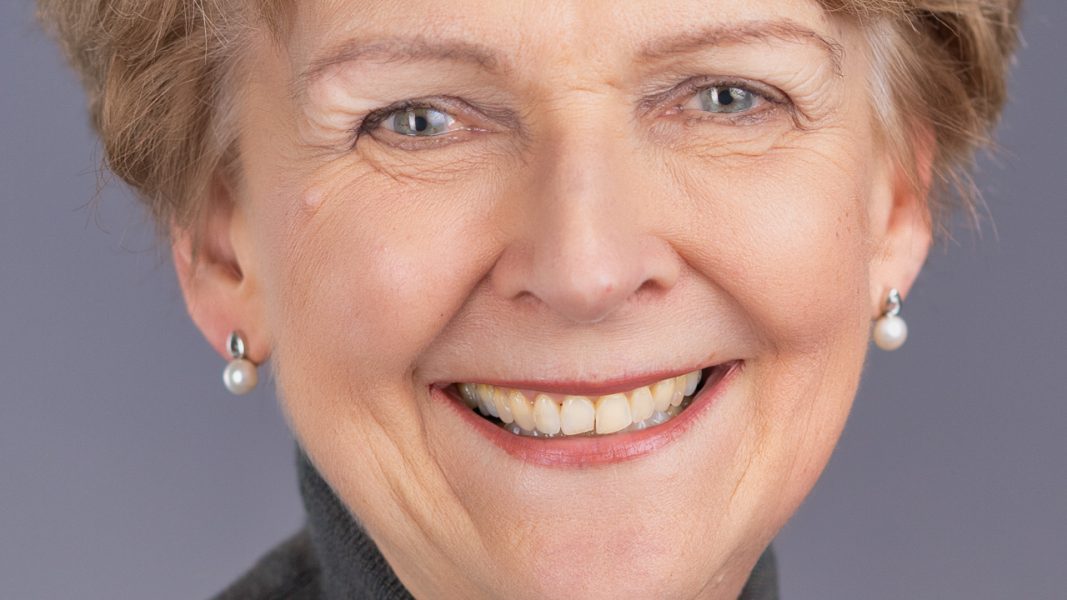What motivates you to continue to support LandAid as a member of the Patrons Network?
I’ve invested a lot of my career in LandAid. When Life President, Mike Slade wanted to refresh the charity, he came to me when I was CEO at the BPF, as a principal ally. I then took over as Chair when Robin Broadhurst stood down.
As a former Chair, I don’t want to interfere with the day-to-day running of the charity, but I’d like to be there to do anything that would be helpful to the current Board and the LandAid Team.
The industry as a whole is very generous, it does a lot for charities. When I joined as Chair, we wanted to provide a more focused way for the industry to create a social impact, which was very much based on establishing LandAid as the principal charity for the industry; a way to show just what the industry can do when it works together for a worthwhile cause. And it is an inspiring cause to get behind.
I do think it’s really important that as part of any Trusteeship, you know when the right time is to step back, and let a new generation of ideas come in. But it would be a shame for LandAid to lose the enthusiasm of its previous supporters, which is why I’m delighted to continue to offer my help as a Patron.
Why does the Patrons Network in particular appeal to you as a means to support LandAid, to help end youth homelessness?
The industry is incredibly clubbable; we are a sociable crowd. If you want to get anything done in the industry, you need to have a party – a moment that brings people together. When you bring people together you get discussions, and those generate ideas that you wouldn’t have thought of before.
The Patrons Network plays to the fact that this is the way the industry functions and the way you’ll get interesting ideas for support. We all know each other anyway; making it easy for us to talk to each other is a great idea. And it doesn’t take too much effort from the team at LandAid either.
Reflecting on your career, how have you seen the industry’s ability to make positive social impact develop?
Looking back, 20 years ago the S in ESG wasn’t really there. It didn’t mean the industry wasn’t charitable though. There’s a difference between something being pure charity and actually looking at how the business could also have social benefit. It’s only over the last 5-7 years that this has really started to resonate. In making money, how can you drive a social purpose?
LandAid specifically chose an objective which our industry, which is all about building things, can do something about – providing a home and a place. If you are looking at a way to appeal to the industry and tie it in to social investment, LandAid has a great formula!
You received an award recently , as part of the Real Estate Balance team, for the work you have championed in EDI across the industry. Why is this such an important issue for you?
EDI has been important to me in my whole working life. It came from my time at the Ministry of Defence, where I did a lot of work to help women succeed.
When I came to the property industry, I felt the same imbalance at play. That’s why a group of us decided to set up Real Estate Balance (REB). We focussed on gender initially; our rationale was that you had to change the culture in organisations, so that women didn’t leave mid-career and there was an equal number of them able to make their way up the career ladder, alongside the men.
It’s important to do something about making that pool of talent balanced. You have to really get in to organisational culture to asses why certain places are not ‘friendly’ enough to keep the talented women.
We’ve had a huge amount of success; companies take this very seriously now, even if they find it difficult. REB also now looks more broadly at social and ethnic inclusion. The industry is dominated by a particular demographic and that’s what makes trying to achieve social equality so important.
There’s still lots to be done, and this is tied up with the broader issue of how the property industry needs to work for everybody. After all, everybody uses places and spaces and facilities which the industry has been responsible for creating, but we will make a better job of that if we have a workforce that reflects broader society
What is the legacy that you hope to leave behind, and what, in the future, would you like to get out of being a continuing member of the Patron’s Network?
I’m standing down from REB – I was one of the 7 founder members. Founder members shouldn’t linger too long! I believe they should cultivate their successors, which is what we’ve been doing – let the new ideas come through.
We will be leaving behind an industry which is very different to what it was 20 years ago. Thankfully, it has moved on too far to regress to its old habits.
Through the Patrons Network, I’d like to be able to make connections that give the LandAid team interesting ideas to pursue – things that can help create positive impact.
If every Patron made one phone call a year that led to something happening – that would be a great network! As I said, this is a clubbable industry; you need to keep onside the people that you know can help you make connections.
It doesn’t take a lot – one call, one email – who knows where it might lead?

